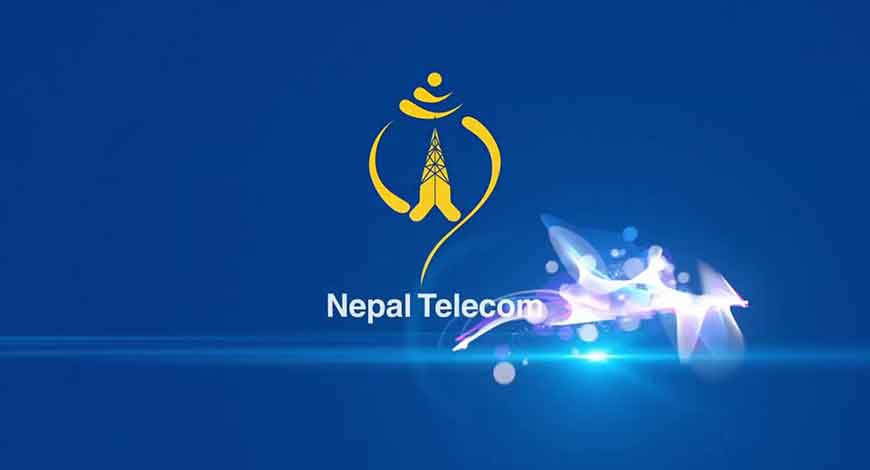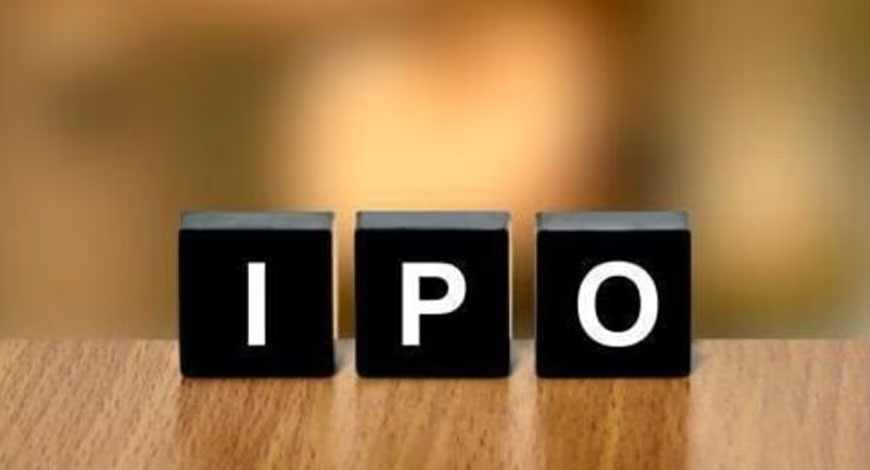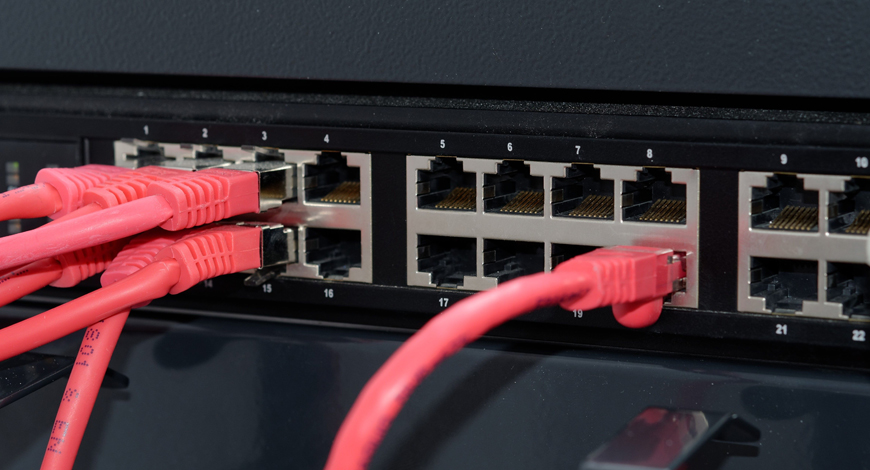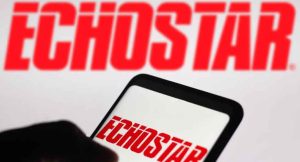The Asia Cup 2025 is in full swing, and today India faces UAE in a highly anticipated group stage clash. Fans across the continent are eagerly waiting for this encounter as India looks to maintain its unbeaten streak in the tournament, while UAE aims to create an upset against the cricketing giants.
India, led by its experienced captain, has displayed dominant performances in the earlier matches, relying on both seasoned players and young talent. On the other hand, UAE has shown resilience in their previous games, making them a challenging opponent despite the odds.
Match Timing and Venue
For cricket enthusiasts in India, the India vs UAE match will start at:
- Time: 7:00 PM IST
- Date: Today (insert actual date)
- Venue: (Insert stadium name, e.g., Sharjah Cricket Stadium, UAE)
It’s important for fans to note the time zone difference if they are watching from abroad. In IST, the match starts at 7:00 PM, while local UAE time is slightly different.
Live Streaming and TV Broadcast Details
Television Broadcast
Fans in India can watch India vs UAE live on Star Sports channels. Star Sports 1 and Star Sports 2 will provide live coverage with expert commentary, pre-match analysis, and post-match insights.
Online Live Streaming
For online viewers, platforms like Disney+ Hotstar will stream the match live, providing a seamless experience with HD streaming, multiple camera angles, and live scores. Users can also follow updates via official cricket apps, including ICC’s live score app and team-specific updates.
Team News and Key Players
India Team Highlights
India enters the match with a strong batting lineup, including powerhouse hitters and technically sound middle-order batsmen. The bowling department features experienced pacers and versatile spinners ready to exploit pitch conditions. Key players to watch:
- (Insert star batsmen, e.g., Virat Kohli, Rohit Sharma)
- (Insert key bowlers, e.g., Jasprit Bumrah, Yuzvendra Chahal)
UAE Team Highlights
UAE will rely on a balanced squad, combining experience and young talent. Their key strength lies in aggressive batting in the middle overs and spin-friendly bowling options suitable for local pitches. Key players:
- (Insert UAE captain and star players)
Asia Cup 2025 Points Table Impact
The outcome of the India vs UAE match is crucial for the group stage standings. A win for India will solidify their position as group leaders and enhance their chances of direct qualification to the semifinals. UAE, seeking their first major win in the tournament, will look to upset the favorites and create a memorable performance.
How to Watch: Step-by-Step Guide
- TV Broadcast: Tune in to Star Sports 1 or Star Sports 2.
- Live Streaming: Log in to Disney+ Hotstar with a subscription.
- Live Score Updates: Follow ICC Cricket app or official team pages.
- Social Media Updates: Check Twitter, Instagram, and Facebook handles for live commentary and highlights.
Conclusion
Today’s Asia Cup 2025 clash between India and UAE promises thrilling cricket action. With India aiming to maintain dominance and UAE hungry for an upset, fans can expect a competitive, edge-of-the-seat match. Whether you’re watching on TV or streaming online, make sure to tune in at 7:00 PM IST to catch every boundary, wicket, and moment live!
The NewsBit Bureau









